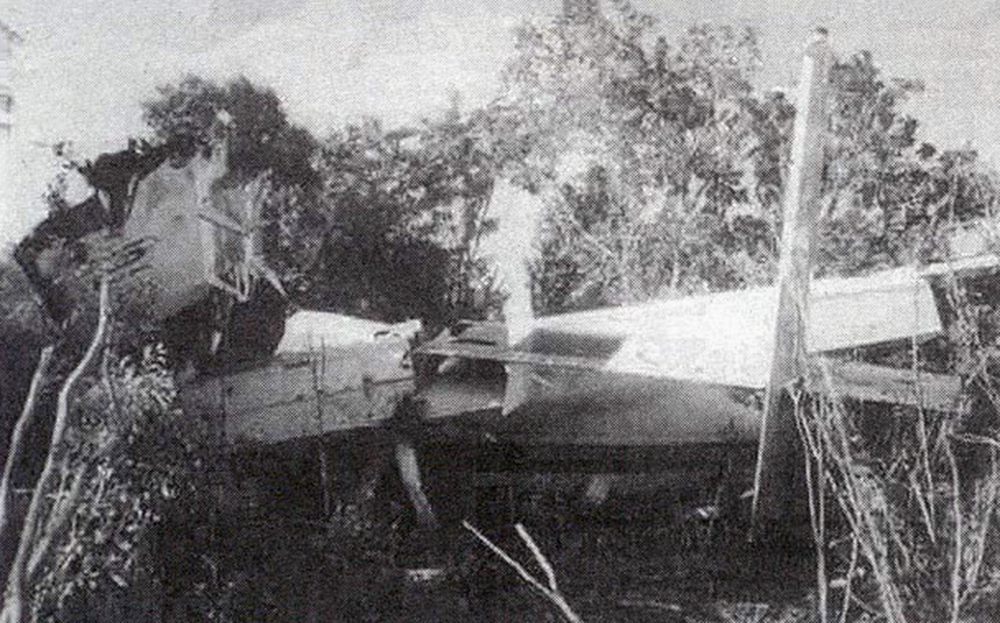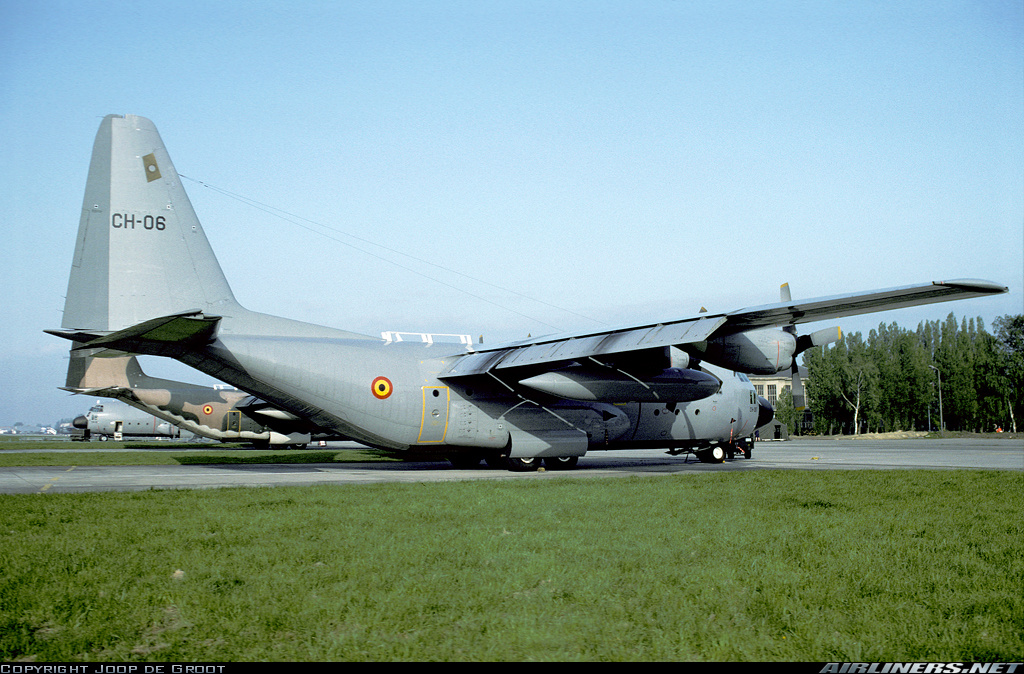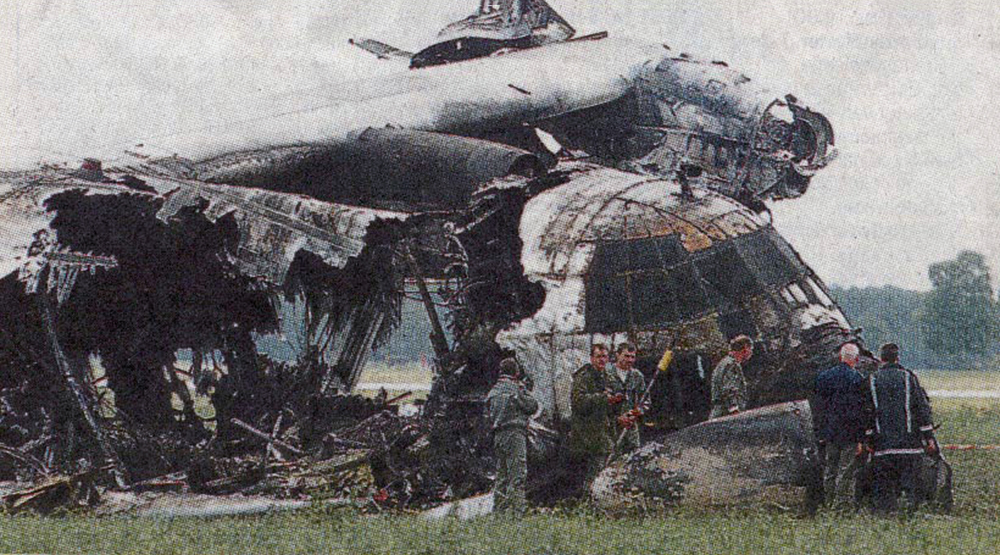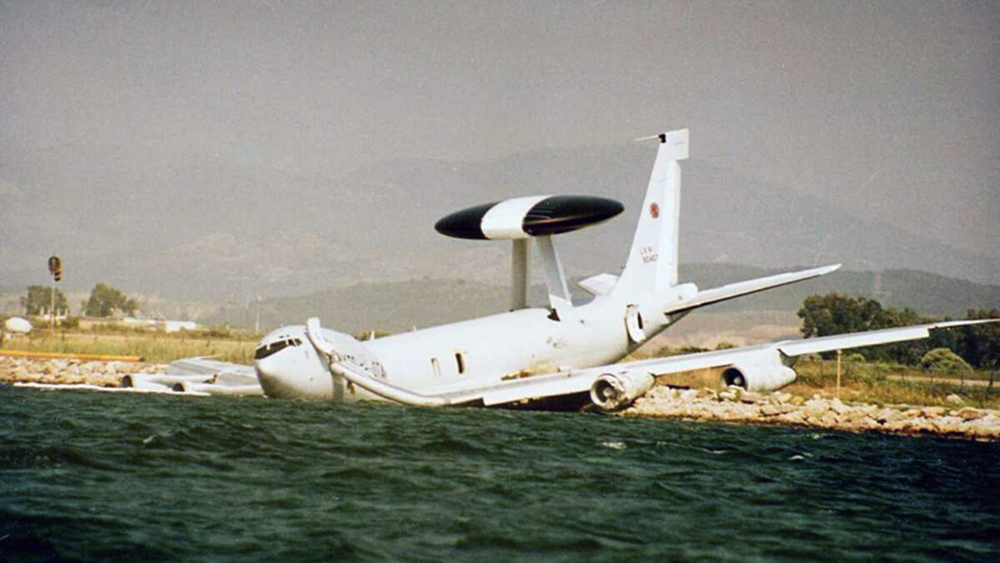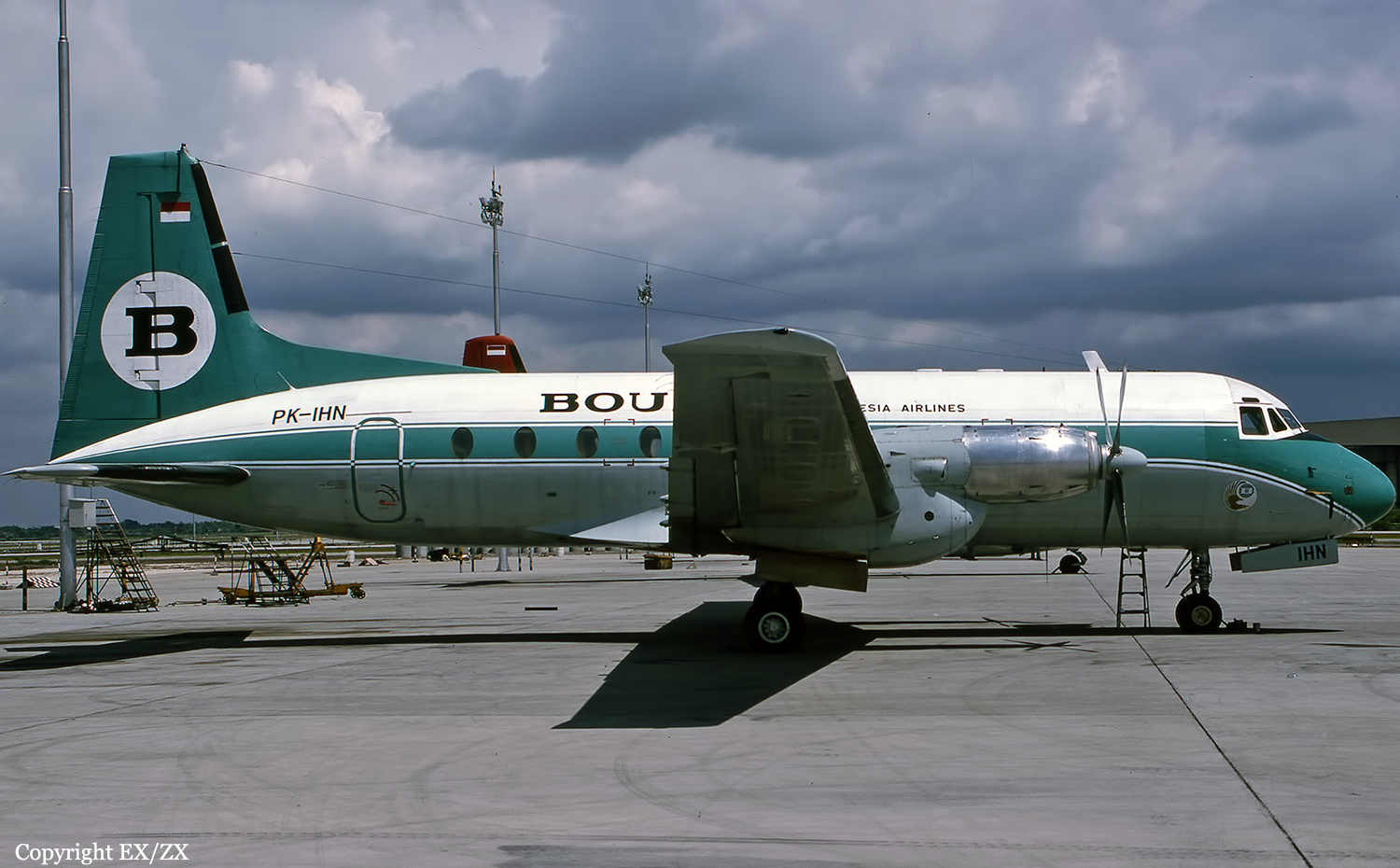Crash of a De Havilland DHC-6 Twin Otter 300 in Playa del Carmen: 1 killed
Date & Time:
Jul 17, 1996 at 1630 LT
Registration:
XA-TCF
Survivors:
Yes
Schedule:
Cancún – Playa del Carmen
MSN:
734
YOM:
1980
Crew on board:
2
Crew fatalities:
Pax on board:
16
Pax fatalities:
Other fatalities:
Total fatalities:
1
Circumstances:
After landing at Playa del Carmen Airport, the twin engine aircraft went out of control, veered off runway and crashed in a wooded area located along the airport. A passenger was killed and all 17 other occupants were injured. The aircraft was destroyed. It was completing a flight from Cancún, carrying 16 German tourists.
